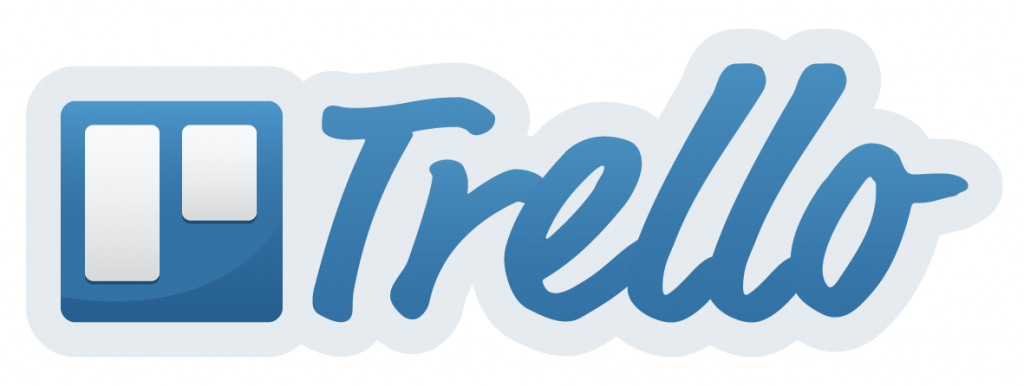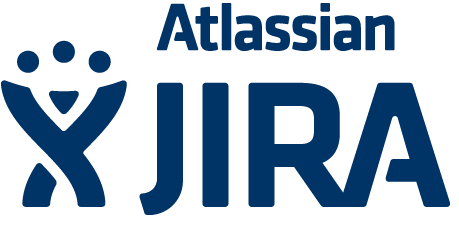Fishing hooks, waterproof matches, folding knife, canteen, and compass: these are amongst the essential items paratroopers would pack in their survival kit. Similarly, albeit less dramatically, there are a few essentials that an Agile Business Analyst (BA) should have in his or her briefcase when putting boots on the ground at a new project.
Whether you’re a BA Scrum Master, a technical BA, or a traditional BA on an Agile project, here are 5 tools will help you keep your backlog burning!
Trello

Create accounts for your project team, create a backlog of user stories, and start making progress in hour 1 using Trello’s simple virtual Scrum board application. Trello is a free, web-based product that your team can use to drag and drop virtual “sticky notes” through a customizable workflow. Trello allows you to associate custom details to each sticky note, including checklists, comments, and even attachments.
I’d recommend this tool for short-term projects with a small backlog as I find the display inadequate for larger products with many requirements. A useful feature of both Trello’s and JIRA, which I’ll get to next, is the customizable workflow, which lets you set up email notifications to alert you when the status of a sticky note has changed (from “To Do,” to “In Progress,” for example).
JIRA

A more robust alternative to Trello, JIRA allows for backlog and sprint tracking and provides customizable dashboard views of your projects. Setting up a project in JIRA is more involved and less intuitive than Tello’s quick-and-dirty virtual Scrum board, but its workflow and reporting features are detailed and clean enough to be used as the project’s requirements and audit trail documentation.
As with Trello, JIRA users can associate acceptance criteria, comments, and attachments with user stories. JIRA requires a subscription, which is available starting at $10 per month for 10 users. When integrated with another Atlassian product, Greenhopper, JIRA’s look and feel takes on that of the more intuitive, Trello. The downside is that you have to pay another subscription fee to achieve in JIRA what is offered for free in Trello.
I recommend JIRA for long-term projects with larger backlogs. JIRA offers a number of visuals (for example, burndown charts) that can be incorporated into your JIRA project dashboard, which provides a useful snapshot view of the project’s progress and status. Management often craves progress and status reports. Setting up a JIRA account and dashboard could give them a real-time view of your project; potentially reducing the amount of time the team has to spend creating status presentations and visuals.
Excel
Love it or loathe it, Excel is still one of the most widely available, versatile, and powerful tools out there for the Agile Business Analyst. Whether you’re using it to track a list of meeting participants, or running macros to automate a process, just about everyone you’ll ever work with has some working knowledge of Excel. And, just about everyone has access to this tool, making it a good least common denominator for file sharing.
Excel’s pivot tables allow you to drill down to see more detail, creating dynamic views of a data set satisfying both big picture and down-in-the-weeds audiences. The canned charts and graphs leave much to be desired aesthetically, but in the just-in-time world of Agile delivery, sometimes they’re all you need.
Balsamiq
Balsamiq is my go-to prototyping tool. It’s a “throw-away” prototyping tool, as opposed to an “evolutionary” prototyping tool. The difference is that throw-away prototypes are quick and easy screen concepts used to validate basic functionality. Throwaway prototypes don’t involve coding and require less effort than evolutionary prototypes. Evolutionary prototypes eventually become the working application. While they more closely mirror the end product, they require a greater level of effort (an example of an evolutionary prototyping tool is Microsoft Silverlight).
Balsamiq requires no training, contains drag-and-drop usability, and allows for easy export of prototypes to PDF. Links embedded in the Balsamiq prototype are maintained in the PDF export, allowing you to click through the PDFs, creating a realistic navigation experience.
A single user license for Balsamiq is $79 – making it very affordable for even the most budget-conscious project team.
join.me
There is nothing like talking to your team in person – and when you work with multiple teams in multiple locations, oftentimes the phone is the next best thing. Every Agile Business Analyst needs a tool to bring together distributed teams and stakeholders for conference calls.
I like join.me because it allows you to use Voice over IP (VoIP) and send a customizable link to your meeting participants. The “Pro” version allows you to swap presenters – giving any other web meeting participant the ability to share their screen. You can also chat with or send files to other meeting participants using the Pro version.
Single presenter rates start at $13 a month.
This list is by no means exhaustive, but these are the 5 tools on my short list. What’s on your list?